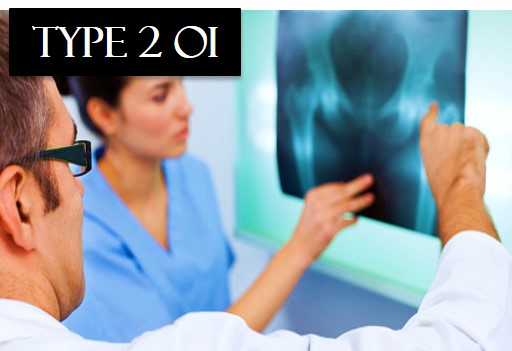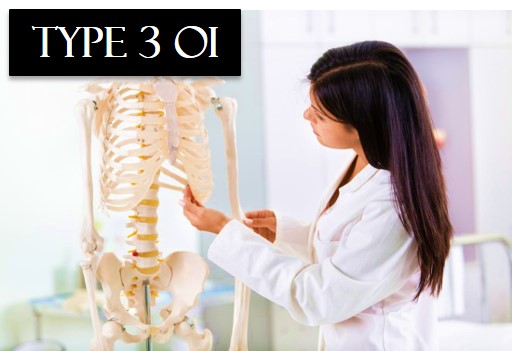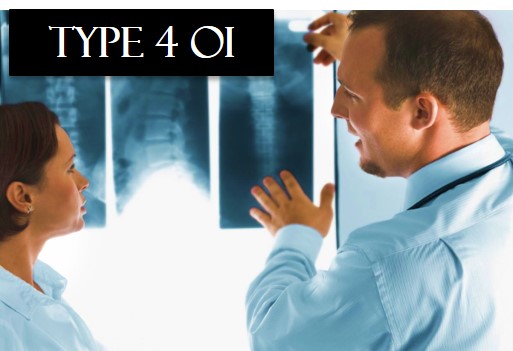
Type 1 OI is the mildest and most common form of brittle bone disease. In this type of brittle bone disease, your body produces quality collagen but not enough of it.This results in mildly fragile bones. Children with type 1 OI typically have bone fractures due to mild traumas. Such bone fractures are much less common in adults. The teeth may also be affected, resulting in dental cracks and cavities.

Type 2 OI is the most severe form of brittle bone disease, and it can be life-threatening. In type 2 OI, your body either doesn’t produce enough collagen or produces collagen that’s poor quality. Type 2 OI can cause bone deformities. If your child is born with type 2 OI, they may have a narrowed chest, broken or misshapen ribs, or underdeveloped lungs. Babies with type 2 OI can die in the womb or shortly after birth.

Type 3 OI is also a severe form of brittle bone disease. It causes bones to break easily. In type 3 OI, your child’s body produces enough collagen but it’s poor quality. Your child’s bones can even begin to break before birth. Bone deformities are common and may get worse as your child gets older.

Type 4 OI is the most variable form of brittle bone disease because its symptoms range from mild to severe. As with type 3 OI, your body produces enough collagen but the quality is poor. Children with type 4 OI are typically born with bowed legs, although the bowing tends to lessen with age.